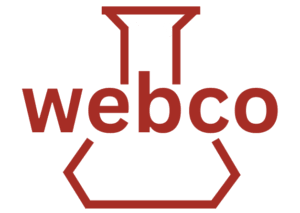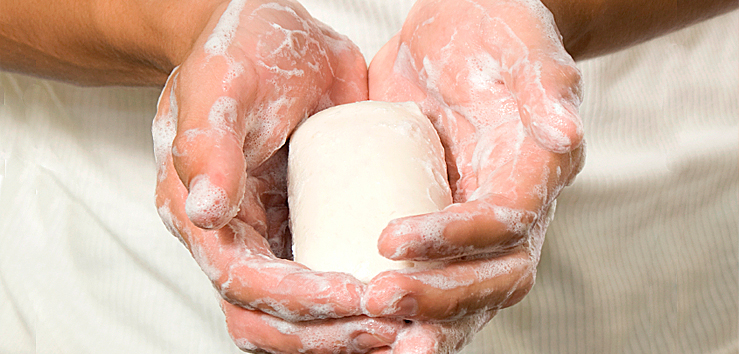The surfactant industry is a huge and dynamic business, and soap, the most familiar of all surfactants is riding the wave.
Soap is a simple substance which, in water produces foam due to its action at the air-water interface, and it makes the grease transfer from grubby hands into the soapy water as a result of its activity at the water-oil (grease) interface. However, soap was probably not the first surfactant in the service of humankind.
Many plants produce significant quantities of saponins (steroid or triterpenoid glycosides) which have surfactant properties. One such plant is the soapwort Saponaria officianalis whose foliage yields a glycoside capable of wetting, foaming and grease dispersion – the very qualities that we recognise in a modern detergent. It is likely that the saponins provided our ancestors with our first useful surfactants. These natural glycosides are still in use today for specialised processes such as washing delicate fabrics.
Modern surfactants, however, are of many different chemical types and do far more than produce foams and disperse grease. The global surfactant industry is a multi-billion pound business, Surfactants (surface active agents) can be broadly defined as compounds which, when dissolved in water, concentrate at surfaces (interfaces) such as water-air or water- oil. The interfacial activity of these substances, which can be explained in terms of their molecular structure, gives rise to a wide range of surface chemistry functions: wetting, emulsifying, solubilising, foaming/defoaming, rheology-modifying, antistatic, ‘glossing’, lubricity and surface conditioning.
Seldom are surfactants on their own put directly into use. In the area of household cleaning preparations, Webco’s specialist formulators blend with a range of ingredients such as other surfactants, thickeners, foaming or defoaming agents, alkalis/salts, chelating agents to produce the highest quality products.

